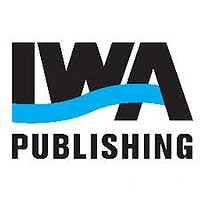Digital twins of urban drainage systems require simulation models that can adequately replicate the physical system. All models have their limitations, and it is important to investigate when and where simulation results are acceptable and to communicate the level of performance transparently to end-users. This paper first defines a classification of four possible 'locations of uncertainty' in integrated urban drainage models. It then develops a structured framework for identifying and diagnosing various types of errors. This framework compares model outputs with in-sewer water level observations based on hydrologic and hydraulic signatures. The approach is applied on a real case study in Odense, Denmark, with examples from three different system sites: a typical manhole, a small flushing chamber, and an internal overflow structure. This allows diagnosing different model errors ranging from issues in the underlying asset database and missing hydrologic processes to limitations in the model software implementation. Structured use of signatures is promising for continuous, iterative improvements of integrated urban drainage models. It also provides a transparent way to communicate the level of model adequacy to end-users.

Using multi-event hydrologic and hydraulic signatures from water level sensors to diagnose locations of uncertainty in integrated urban drainage models used in living digital twins
Review badges
0 pre-pub reviews
0 post-pub reviews

